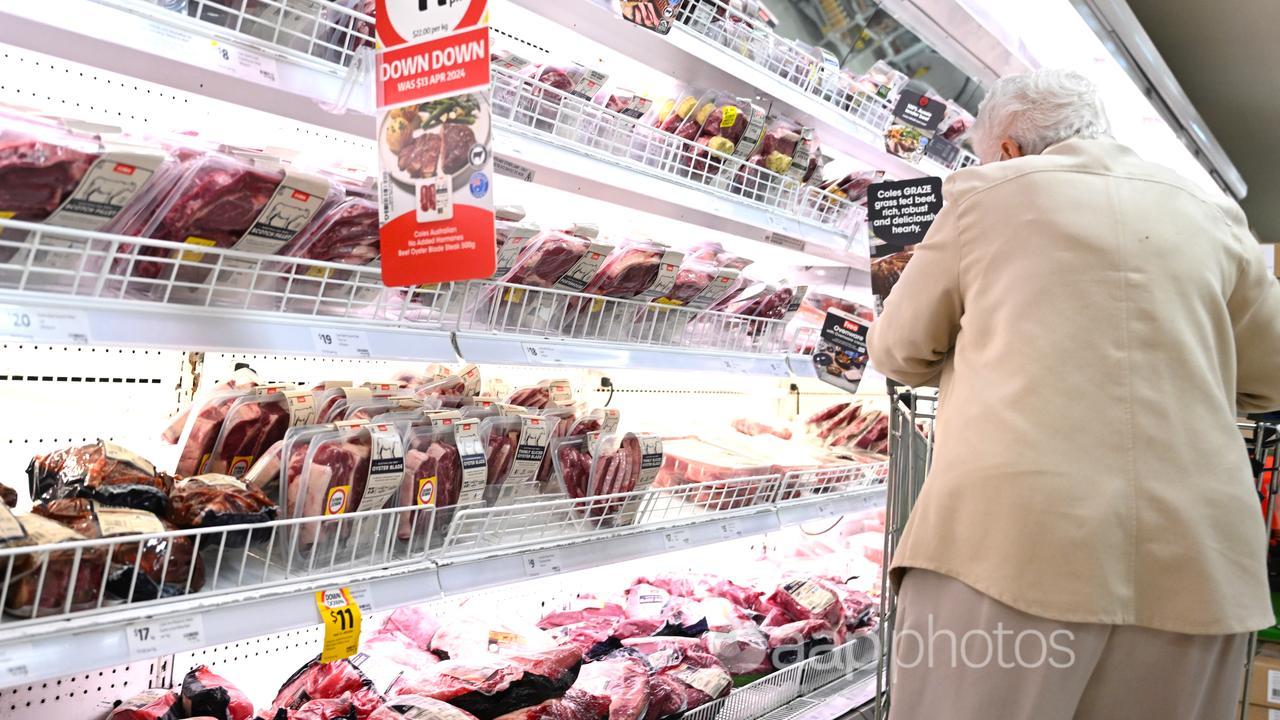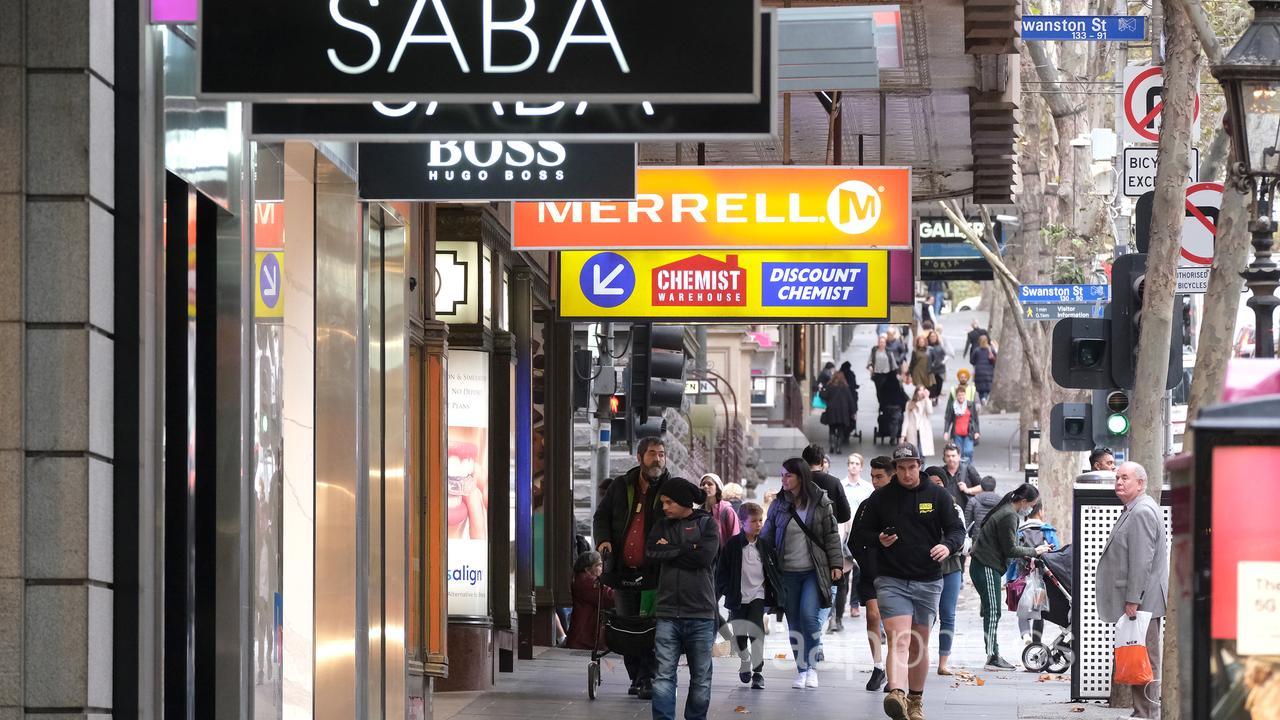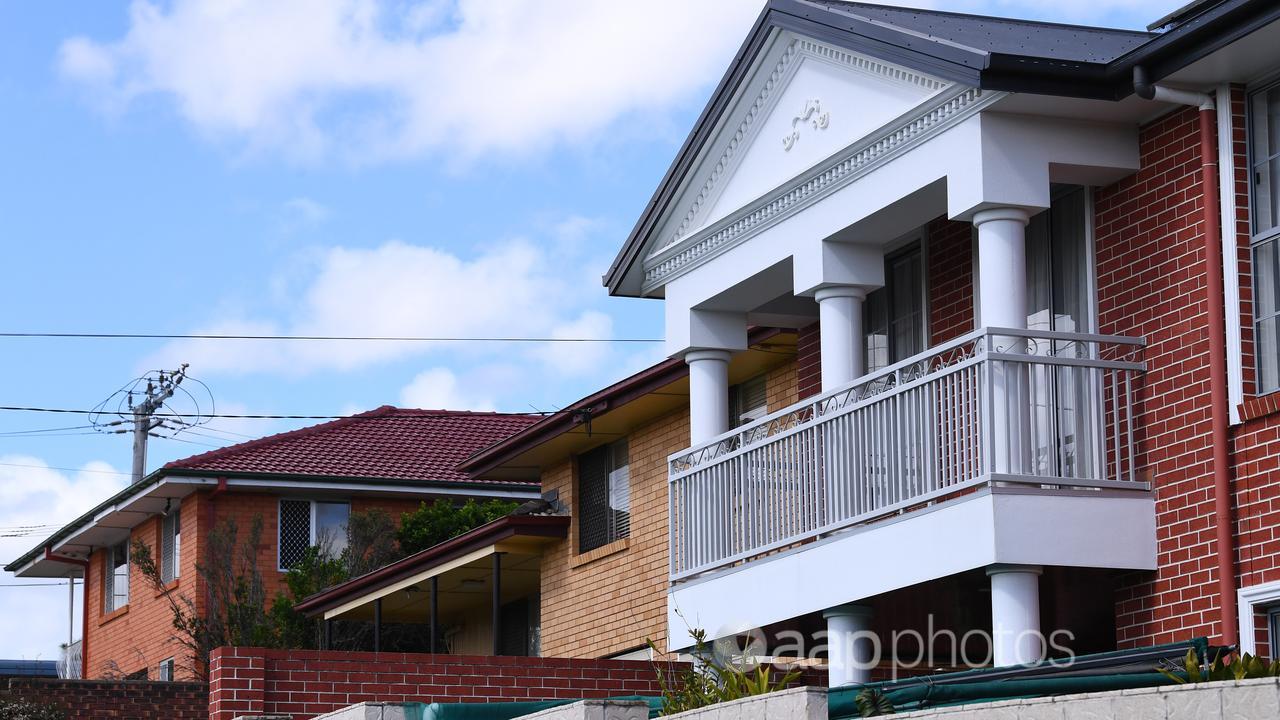Australian borrowers are feeling the squeeze with more mortgage-holders falling behind on their monthly repayments, albeit from low levels.
Yet even with higher interest rates and elevated living costs, the Council of Financial Regulators said most mortgage-holders were able to stump up the money each month by adapting their spending habits.
Treasurer Jim Chalmers said the economy was clearly under pressure from higher interest rates and that’s why his government did not deliver a “slash and burn” federal budget, as the opposition called for austerity.
“People are under the pump and that’s why our budget and our economic plan is all about easing cost-of-living pressures with tax cuts for every taxpayer and energy rebates for every household and for a million small businesses,” he said.

After the May budget, the government faced criticism for adding too much new spending and broad-based cost-of-living relief into the economy at a time when the central bank was trying to slow it down to tame inflation.
Dr Chalmers said the weak growth report for the March quarter, as well as a statement from the quarterly meeting of the financial regulators, proved the budget strategy to “fight inflation without smashing the economy was right”.
Shadow treasurer Angus Taylor said the government was spending too much and “slamming the accelerator” while the RBA “has its foot firmly on the brake”.
“(Prime Minister) Anthony Albanese and Jim Chalmers need to take responsibility for their economic mismanagement,” he said.
“Unfortunately, we continue to see them blaming everyone but themselves.”

With households tightening their belts and weighing on retail and other consumer-facing sectors, business confidence as tracked by National Australia Bank was knocked back into a negative reading in May from already weak levels.
NAB chief economist Alan Oster said the survey contained warning signs for weak growth but also the inflation outlook, with costs borne by firms seemingly re-accelerating.
:We have been wary for some time that the path of inflation from here is likely to be gradual and uneven and the survey results really reinforce this message,” he said.
Business conditions softened further in May, reflecting sluggish economic activity as seen in the March quarter national accounts.
Mr Oster said the Reserve Bank would likely keep interest rates on hold at 4.35 per cent, where it has been for several months, “for some time yet” as it navigates these “contrasting risks”.

NAB, along with Westpac and the Commonwealth Bank, expect interest rates to stay on hold until cuts start late this year while ANZ revised its call on Tuesday and is pencilling in a February 2025 start for an easing cycle.
ANZ head of Australian economics Adam Boyton said there were several reasons behind the revision, including strength in the jobs market, robust government spending and more resilience in the household sector.
Mr Boyton said higher interest rates were clearly working to slow the economy but it was taking longer than expected to temper demand enough to bring it into better balance with supply, which is needed for inflation to come back to target.
Westpac economist Ryan Wells said the business survey showed little had changed from a big-picture perspective, with firms cautious about the future and feeling the impact of a slowing economy.




















